buprenorphine published—17% respond
concludes, “Long-acting buprenorphine depot formulations appear to be efficacious for treatment of opioid use disorder.”
Keep reading.
They compared the effectiveness of sublingual (oral) and long-acting injections of buprenorphine to see if the long-acting injections are as effective as the sublingual version.
The study was 24 weeks. That’s better than we usually see.
They used two measures to compare them:
- Average percent of opioid-negative urine samples for 24 weeks.
- Percent of subjects with negative urine screens for illicit opioid use for at least 8 of 10 drug screens at prespecified points during weeks 9 to 24. (This was the criteria for being classified as responding to the treatment.)
Measure 1
- Sublingual buprenorphine — 28.4% (1099 of 3870) of urine screens were negative for opioids.
- Long-acting injectable buprenorphine — 35.1% (1347 of 3834) of urine screens were negative for opioids.
This means that 71.6% and 64.9% of the drug screens were positive for opioids. It’s also worth noting that they do not report whether they also screened for any other drugs.
Measure 2
- Sublingual buprenorphine — 14.4% (31 of 215) of these subjects were negative for opioids in 8 out of 10 urine screens at prespecified points during weeks 9 to 24.
- Long-acting injectable buprenorphine — 17.4% (37 of 213) of these subjects were negative for opioids in 8 out of 10 urine screens at prespecified points during weeks 9 to 24.
So, this measure doesn’t tell us much about what happened during weeks 1 to 8, but we know that 85.6% and 82.6% of subjects screened positive for opioids at least 3 times during the 10 testing points over weeks 9 to 24.
Recovery?
Do we know anything about the number of subject who achieved recovery during this 6 month study?
Not really.
What we know
- There was a lot of opioid use by subjects.
- 15.8% of all subjects screened negative for opioids >80% of the time at those 10 testing points.
What we don’t know
- Did any subjects successfully abstained from opioids?
- Despite the high rates of opioid use, did some subjects migrate toward something resembling stable recovery?
- What were the rates of alcohol and other drug use?
- What kind of quality of life improvements were made over the course of the 6 months?
- What was the retention rate? (There’s no mention of dropout. If dropout was not an issue, how did they achieve that?)
- How would these subjects have done if they were offered the gold standard treatment?
- What other services/supports subjects received.*
Press releases about this study refer to it as effective, positive and promising. Keep in mind, when people say maintenance medications are the most effective treatments, this is what they are talking about.
It’s not that these medications can’t be or shouldn’t be part of the treatment system. In fact, I believe that they ought to be available to every single person who wants them. At the same time, when some patients, families, providers, and other systems are reluctant to embrace these outcomes, there may be reasons other than stigma or ignorance.*
For complete article https://addictionandrecoverynews.wordpress.com/2018/06/10/study-of-long-acting-buprenorphine-published-17-respond/

